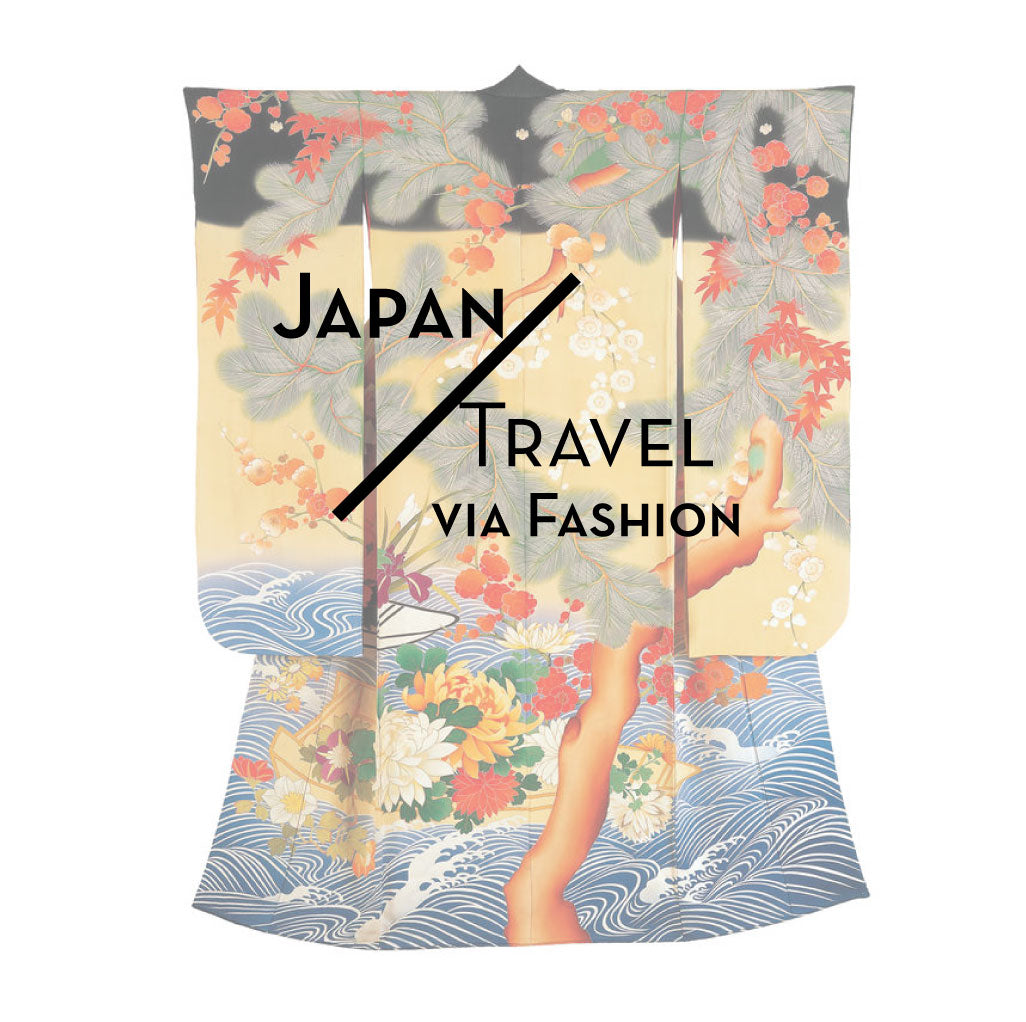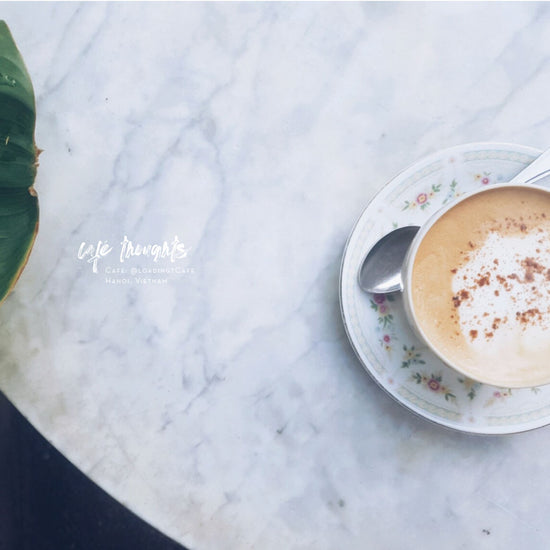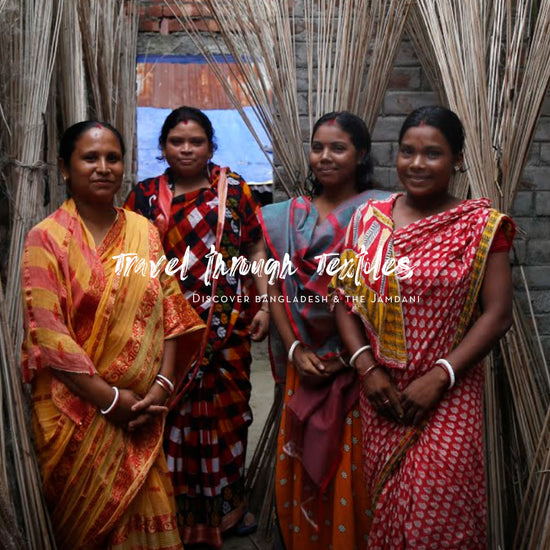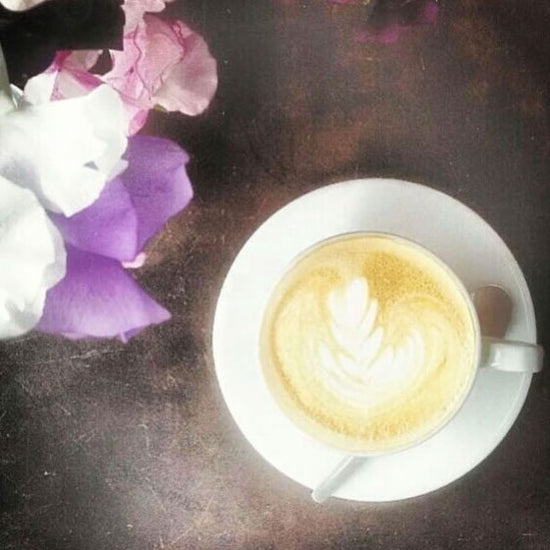The Origins of the Kimono & its Metamorphoses:
Kimono, きもの/着物, “thing to wear” (‘Ki’ 着 verb meaning ‘to wear,’ and ‘Mono’ 物noun meaning thing).

Photo: Woman Looking over Her Shoulder by Hishikawa Moronobu, Edo Period (17th century)/Tokyo National Museum
The Japanese kimono has seen many transformations throughout its long history and is itself a canvas for greater storytelling and conveying auspicious meaning. As we enjoy the various mutations of the kimono and integrate versions into our own wardrobe, let us explore the origins so we can better understand the history, significance, and culture behind it!

Photo: Ryutaro Tsukata/Pexels
ORIGINS:The kimono transformed from its predecessor, gofuku, from China, then became the kosode and evolved further to what it is today. Fabrics, styles, and motifs differ depending on occasion, season, social status, formality, and personal taste for example, and can bring auspicious meaning.

Woodblock print, Katsukawa Shunsen, 1804 – 18, Japan. Museum no. E.12564-1886. © Victoria and Albert Museum, London
Coming from the Japanese word meaning, “thing to wear,” the Kimono is derived from the gofuku, a garment worn in China during the Wu Dynasty (222–280 CE). During the Kofun period (300-538 CE), envoys between China and Japan appeared in respective high courts and Chinese fashion influenced the Japanese elite, who were the arbiters of fashion to the rest of the population.

Photo: The Yorck Project
During the Heian period (794-1192 CE), the envoy exchange ceased, cutting off the influence of Chinese fashion in Japan. This void led to a push to create a “national culture,” or Kokufū Culture and thus, the kimono was born.

Robe with sash, 1905 – 15, probably Kyoto, Japan. Museum no. FE.46:1, 2-2018. © Victoria and Albert Museum, London
A Kimono is a type of robe, consisting of a T-shaped silhouette with square sleeves, wrapped in front and traditionally with a wide belt or obi. During the Edo period (1603-1868 CE), the kimono took the shape of the kosode, an ancestor to the kimono that was a unisex outer garment worn over 12 layers, juni-hitoe, with juni meaning “12" in Japanese.
Today the kimono has taken on many forms and has been adopted around the world, transforming and finding its way into many homes, in and out of Japan.

(Left) Kimono, Japan, early 19th - mid 20th century. Museum no. T.18-1963. © Victoria and Albert Museum, London. (Right) Detail Kimono, Japan, early 19th - mid 20th century. Museum no. T.18-1963. © Victoria and Albert Museum, London.
DESIGN:Like other forms of cultural expression, Kimonos are a way to tell a story through textiles.
- Color - Colors have a strong metamorphic and cultural significance. It’s believed that traditional Japanese color motifs were born through the layering of kimonos. The dyes are believed to transmute the spirit of the plant onto the wearer or the event.

Met Museum: Unlined Summer Kimono (Hito-e) with Carp, Water Lilies, and Morning Glories
- Five Elements - China introduced the concept of Five Elements during the sixth century and the colors took on a cosmological dimension. Fire, water, earth, wood, and metal are linked with particular colors, seasons, virtues and directions.

Met Museum: Outer Robe (Uchikake) with Mandarin Oranges and Folded-Paper Butterflies (l
- Natural Motifs - Like colors, natural motifs which are common on kimonos, plants, animals, landscapes and stylized myths also hold significance. Flowers are frequent as well as The Three Friends of Winter, shōchikubai, which are pine, bamboo, and plum and this symbolizes longevity, perseverance, and renewal.

Photo: DSD/Pexels
- Classical or Mythological Scenes - Individual design motifs come together in a larger picture to represent a major underlying theme or story to the kimono. Often myths or classical stories from literature are depicted in vast scenes as well.

Photo: S'Kimono for Women', 1800-50. Museum no. FE.101-1982. © Victoria and Albert Museum, London
An interesting point is that people are rarely depicted on a kimono but rather, objects are used to denote their presence instead: A dropped fan may allude to lovers who were disturbed without depicted the actual lovers.
More details on symbolism in sources below

Photo: Janko Ferlic/Pexels
CATEGORIES:Within the Kimono category, there are a variety of types and silhouettes. These include, the Onsen kimono, the most informal and a common kimono found in lounge or spa settings; the Yukata, which is an informal kimono you can wear in warmer months due to the fabric being cotton and single layer; and the formal Hikuzuri/Susihiki kimono, which are most commonly worn by Geisha and Maiko.
You can learn more about them here: https://www.ohiokimono.com/kinds-of-kimono
HISTORY & PERSONAL:Exploring the rich history of Japanese kimono is a world unto itself with the storytelling each capture and metamorphoses through its long history. Kimonos have been present in my life as a window into understand another culture and traditions. You can read more about my personal experience with kimonos here: [blog post coming soon!]

Photo: Nicolas Postiglioni/Pexels
And finally, part of exploring through culture and fashion is understanding the significance and history behind it. Additionally, I like to ensure that I’m being respectful when I partake in exchange so I will leave one piece of advice I came across: Always cross the left panel over the right. The deceased are dressed in a kimono with right over the left panel and therefore it is seen as disrespectful and rude to wrap you kimono incorrectly.

Photo: Ivan Siarbolin/Pexels
FINAL THOUGHTS:
Any thoughts to share or stories to tell about your experience with kimonos or exploring Japanese culture through fashion? Share in the comments!
And if you want to read more, sources are listed below. The V&A Museum has an upcoming lecture on Kimonos in February 2021 [Register here]. The Tokyo National Museum has a great exhibit and video on the history, watch here: Kimono History
FOOTNOTES & SOURCES:
1Paraphrased from V&A Museum. Read more about symbolism here: https://www.vam.ac.uk/articles/kimono
- Tokyo National Museum
- Fashioning Identities: Tokyo National Museum Video
- SAKURA News
- Victoria & Albert Museum
- V&A Museum Lecture: Friday Forum (Feb 2021 Class)
- Wikipedia: Kimonos
- The Metropolitan Museum NYC
- The Met Museum Japanese Kimono Exhibition
- Culture Trip
- Ohio Kimono: Types of Kimonos
- Kyoto Kimono Rental
- Japan Talk Kimono Etiquette & Mistakes




